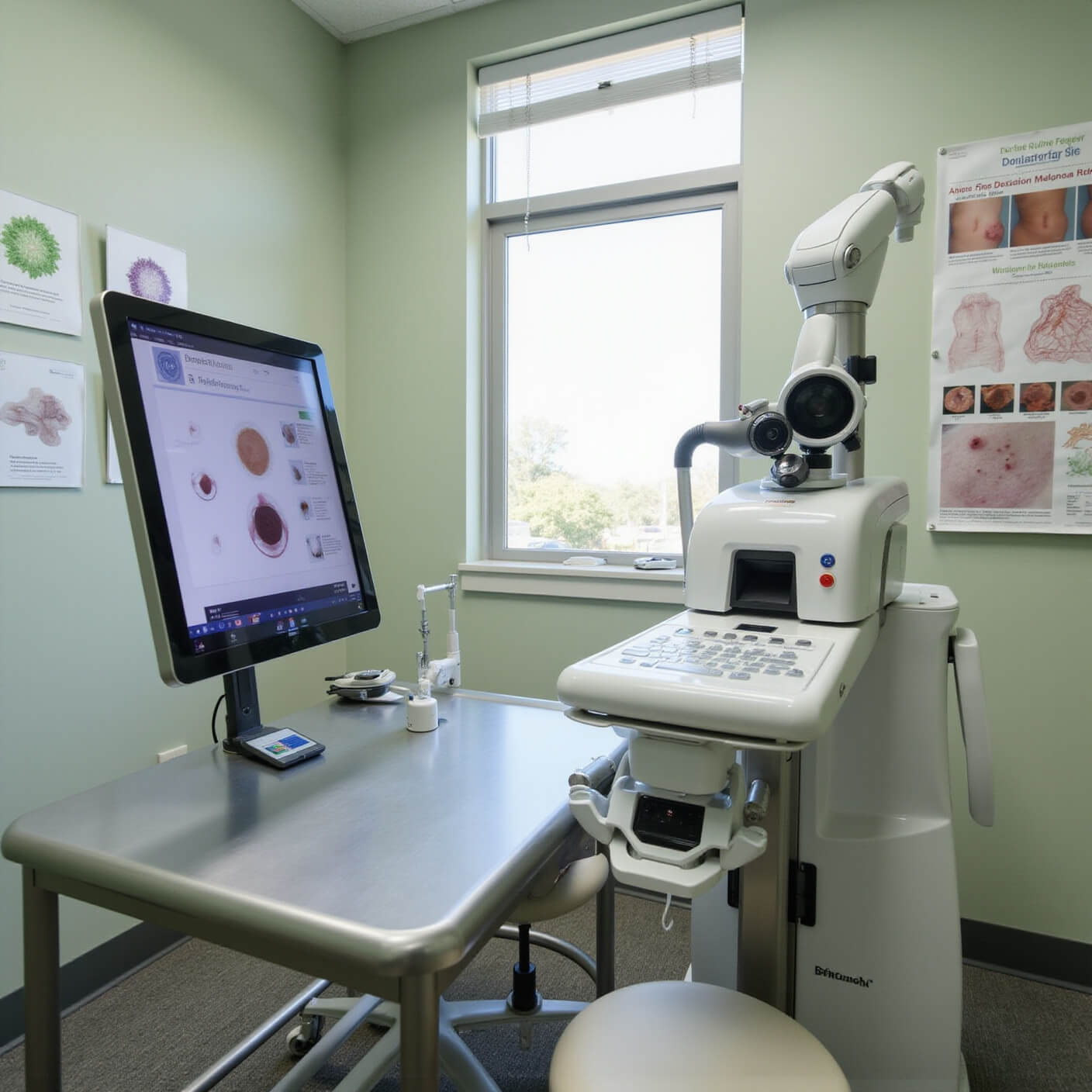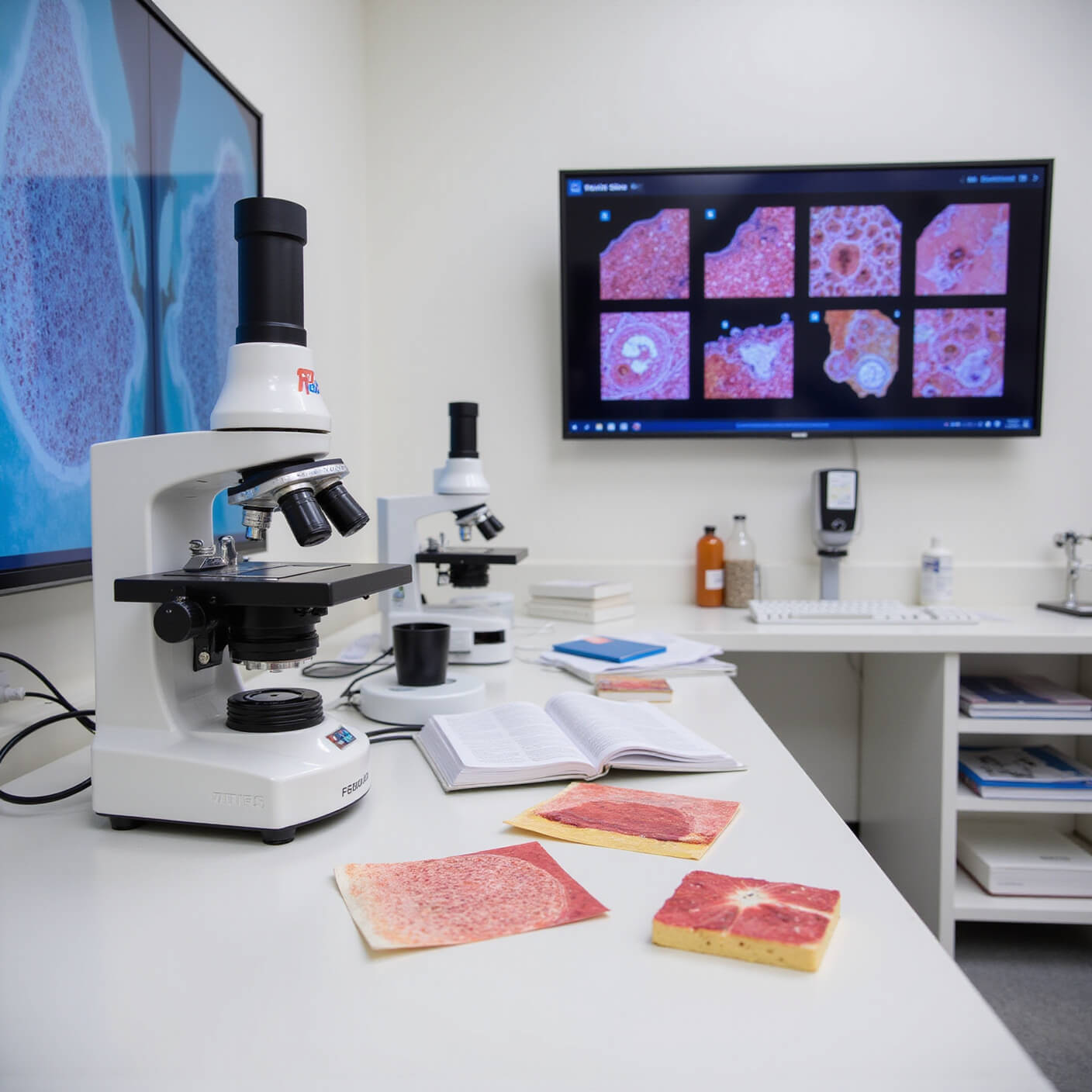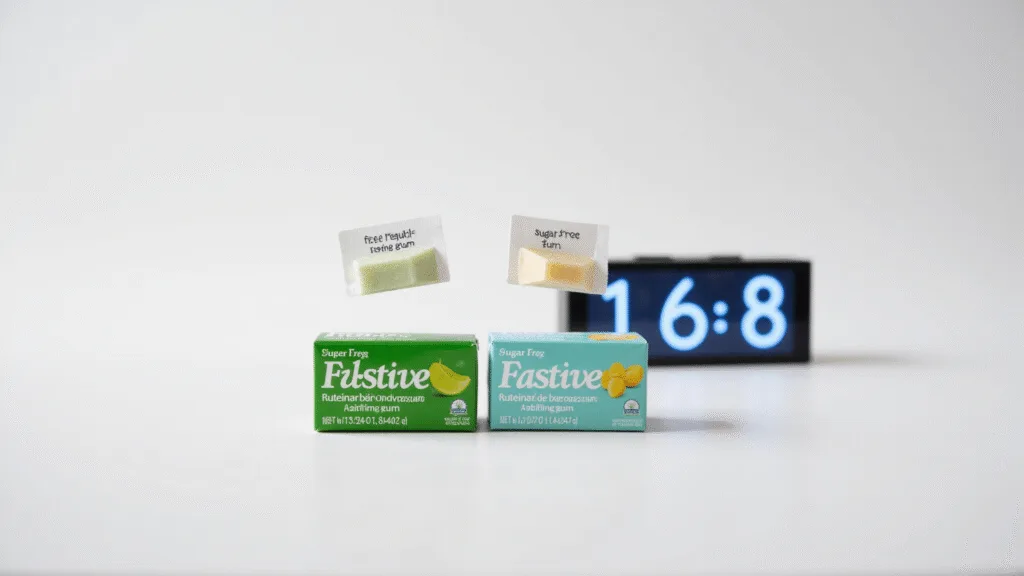Skin Cancer Red Flags You Can’t Afford to Miss
I’ve been terrified of skin cancer ever since my uncle got diagnosed with melanoma last year. He caught it early, thank goodness, but it was definitely a wake-up call for our whole family.
Skin cancer signs are something absolutely none of us can afford to ignore. What’s scary is how easily these warning signals blend into everyday skin issues we all have.
Let me walk you through the critical signs you need to know about, based on what I’ve learned from my family’s experience and tons of research since then.
The Skin Cancer Basics You Need to Know
Skin cancer happens when skin cells start growing out of control. It’s actually the most common cancer in America, with over a million cases diagnosed yearly.
There are three main types:
- Basal cell carcinoma (most common and least dangerous)
- Squamous cell carcinoma (second most common)
- Melanoma (least common but most deadly)
What makes skin cancer different from many other cancers is that you can actually SEE it developing. This means early detection is totally possible if you know what to look for.

Warning Signs That Should Send You Straight to the Doctor
The “Ugly Duckling” Mole
I learned this trick from my dermatologist. Look for any mole that stands out from the others on your body. If one mole looks different from all your others, that’s your ugly duckling.
This odd-one-out approach is surprisingly effective. Our bodies tend to create moles with similar patterns, so the outlier deserves extra attention.
The ABCDE Rule of Melanoma
This is the gold standard for checking moles, and I check mine every month:
- A = Asymmetry: One half doesn’t match the other
- B = Border: Jagged, blurred, or irregular edges
- C = Color: Multiple colors or uneven color distribution
- D = Diameter: Larger than a pencil eraser (about 6mm)
- E = Evolving: Changing in size, shape, color, or elevation
I’ve got a mole on my shoulder that scared me once because it looked a bit asymmetrical, but my doctor said it was fine. Still, better safe than sorry!

Persistent Sores That Won’t Heal
This one’s tricky because we all get cuts and scrapes that sometimes take a while to heal.
What you’re looking for are open sores that:
- Don’t form a scab
- Keep bleeding
- Heal and then reopen
- Last more than 3-4 weeks
My neighbor ignored a “scratch” on her nose for months that turned out to be basal cell carcinoma. The good news is it was completely curable with minor surgery.
Scaly Red Patches That Don’t Go Away
These rough, reddish patches are sometimes called actinic keratosis and are considered precancerous. They might:
- Feel rough or scaly to the touch
- Sometimes itch or burn
- Appear mostly on sun-exposed areas
- Resist moisturizing creams
I found one of these on my dad’s balding scalp last summer. The dermatologist froze it off, and now he wears hats religiously.

Pearly, Translucent Bumps
Basal cell carcinomas often look like:
- Shiny, pearl-like bumps
- Pink or flesh-colored growths
- Might have visible blood vessels
- Sometimes have a depression in the center
These can be easy to dismiss as a pimple that won’t go away or a weird skin tag. Don’t make that mistake!
Sudden Itching, Tenderness, or Pain
Cancer can hurt! Any mole or skin spot that suddenly:
- Becomes tender to the touch
- Starts itching persistently
- Causes pain
- Feels different from surrounding skin
deserves immediate attention. Your skin shouldn’t suddenly hurt for no reason.

Who’s Most at Risk?
While anyone can develop skin cancer, some factors put you at higher risk:
- Fair skin that burns easily
- History of sunburns, especially blistering ones
- Lots of moles (more than 50)
- Family history of skin cancer
- Working outdoors or frequent tanning
- Living in sunny or high-altitude areas
- Being over 50 (though young people get it too!)
I’ve got three of these risk factors myself, so I’m extra vigilant. Better paranoid than sorry!

How to Check Your Skin Like a Pro
I do a full-body check once a month after my shower. It takes about 10-15 minutes, but it’s worth every second.
What you’ll need:
- Full-length mirror
- Hand mirror
- Good lighting
- Someone to help with hard-to-see areas (if possible)
Step-by-step process:
- Check your face, neck, ears, and scalp (use a blow dryer to move hair)
- Examine arms, hands, under nails, between fingers
- Look at chest, belly, and under breasts for women
- Use mirrors to check back, buttocks, backs of legs
- Sit down to examine legs, feet, between toes, under nails
I take photos of suspicious moles on my phone so I can track any changes over time. This has been super helpful when talking to my doctor.
Prevention Is Better Than Treatment
While checking for skin cancer is crucial, preventing it is even better:
- Apply broad-spectrum SPF 30+ sunscreen daily (yes, even in winter!)






